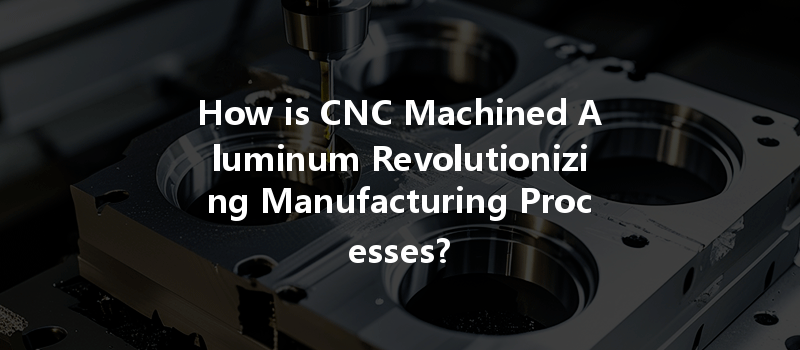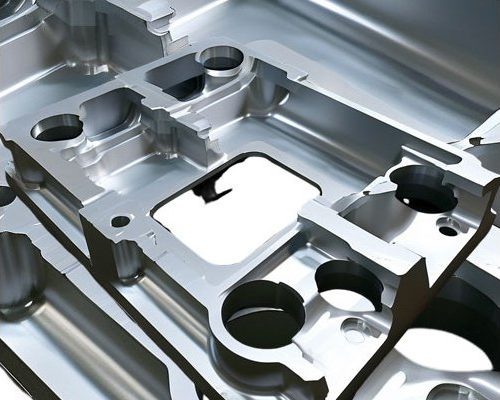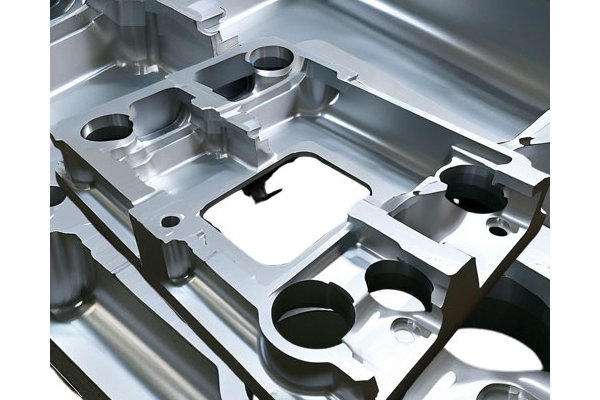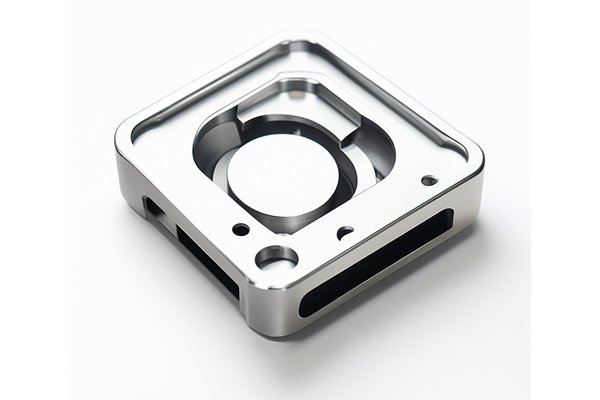Introduction: The Era of Precision Engineering
Have you ever marveled at the intricate designs of modern machinery or pondered how such precise components are made? Enter the world of CNC machined aluminum—a veritable game-changer in the manufacturing industry. Imagine the thrilling hum of a machine as it meticulously carves out complex parts, just as a sculptor chisels away at a block of marble, transforming raw material into a work of art. In this article, we’ll dive deep into the fascinating world of CNC machined aluminum, uncovering how it’s revolutionizing manufacturing processes and why it stands out in today’s fast-paced market.
What is CNC Machining? A Primer for the Curious
Before delving into the specifics of aluminum machining, let’s take a moment to discuss CNC machining itself. CNC stands for Computer Numerical Control, which sounds fancy, doesn’t it? Essentially, it’s a method where pre-programmed computer software controls the movement of factory tools and machinery. Picture it like a maestro directing an orchestra—everything operates in harmony to produce beautiful music, or in this case, highly precise components.
CNC machines can create parts through various processes like milling, turning, and drilling, and when it comes to aluminum, they can deliver some of the most stunning results. Magnesium, silicon, and copper are mixed to create different aluminum alloys, each yielding unique properties suitable for distinct applications. So, let’s explore why aluminum, in particular, has become the metal of choice in CNC machining.
Why Aluminum? The Attractive Allure of this Metal Marvel
You might ask, “Why all the fuss about aluminum?” Well, one of its best-kept secrets lies in its versatility and lightweight nature. Unlike some metals that feel as heavy as a lead balloon, aluminum is lightweight, making it an ideal candidate for industries ranging from aerospace to automotive. But weight isn’t everything; it’s also incredibly strong and resistant to corrosion, pulling a double-duty that even some superheroes would admire!
The Process of CNC Machining Aluminum: How It Works
Now that you’re fascinated by aluminum, let’s break down the CNC machining process. Hang on tight as we journey through this mechanical wonder!
Every masterpiece starts with a vision. In CNC aluminum machining, it all begins with a detailed CAD (Computer-Aided Design) model. Engineers and designers create intricate designs using software that can simulate and visualize their ideas. Much like sketching out a blueprint for a new home, this step is crucial for ensuring that everything fits perfectly together.
Once the design is in place, it’s time to set up the CNC machine. Imagine preparing for a big cooking show—you gather all the ingredients, pots, and pans needed. Similarly, technicians load the necessary tools and materials into the CNC machine. They ensure that the right aluminum alloy is ready to be transformed into the needed parts.
Now comes the fun part! The CNC machine starts its magic by following the programmed instructions from the CAD model. Depending on the specific part being made, the machine will engage in various processes like milling—where a rotating cutter removes material from the surface to create a desired shape—or turning, which involves rotating the material against a stationary cutting tool. Picture a spinning top meeting a craftsman’s knife, creating incredible shapes with every rotation.
After the initial machining, the parts might need some additional treatment. Perhaps some surface finishing to enhance aesthetics or anodizing to improve corrosion resistance—these finishing touches are akin to the icing on a cake, giving your parts that extra oomph!
Finally, quality control checks come into play. Technicians use various tools and techniques to ensure that every part is up to standard. It’s similar to a teacher grading exams to ensure each student has met the required standards. Only after passing this rigorous process do the parts move on to their next destination.
Applications of CNC Machined Aluminum
Now that we have a solid understanding of CNC machining aluminum, let’s take a closer look at its widely varied applications. You’d be surprised at how many industries rely on this remarkable metal!
In the aerospace industry, weight is a primary concern. CNC machined aluminum offers a lightweight and strong solution for components used in aircraft. From fuselages to engine parts, this metal helps manufacturers meet strict regulations while ensuring fuel efficiency.

Ever noticed how modern cars have sleek designs with significantly reduced weight? Well, that’s due in part to CNC machined aluminum! From engine blocks to structural components, this metal plays a significant role in enhancing vehicle performance and fuel economy.
In a world increasingly dependent on technology, aluminum plays nicely with electronics manufacturing. Its excellent thermal conductivity helps dissipate heat, making it a go-to choice for heat sinks and housings in devices like smartphones, laptops, and servers.
Precision is paramount in the medical world. CNC machined aluminum is essential in producing high-quality surgical instruments, diagnostic equipment, and implants. The combination of hygienic properties and precision makes aluminum ideal for this field.
It’s not just industries that benefit from CNC machined aluminum. Everyday items like kitchenware, bicycles, and furniture components often incorporate this metal. Imagine sipping your drink from a stylish aluminum water bottle—both lightweight and attractive!
The Environmental Advantages of CNC Machined Aluminum
In an era where sustainability is a hot topic, aluminum shines as a star player. Here’s how CNC machined aluminum leads the charge toward a greener future:
Challenges in CNC Machining Aluminum
Of course, no great innovation comes without its challenges. Despite the numerous advantages, CNC machining aluminum does have a few bumps along the road:
The Future of CNC Machined Aluminum: A Glimpse Ahead
As we gaze into the crystal ball, the future of CNC machined aluminum appears brighter than ever. With rapid technological advancements on the horizon, we can expect significant changes in several ways:
Conclusion: Embracing the Future of Manufacturing
As we wrap up our exploration of CNC machined aluminum, it’s evident that this remarkable process is a fusion of technology, artistry, and innovation. From its incredible versatility to its applications across various industries, CNC machined aluminum is reshaping how we approach manufacturing in our modern world. Just as each thread in a tapestry contributes to a stunning masterpiece, every CNC machined aluminum part plays a crucial role in creating the innovations of tomorrow.
So next time you see an intricately designed object, take a moment to appreciate the craftsmanship and technology behind it. After all, the world of CNC machined aluminum is not just about machines; it’s about creativity, precision, and the endless possibilities that lie ahead. Embrace the future and get ready to be amazed by what comes next!



